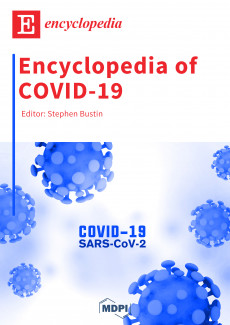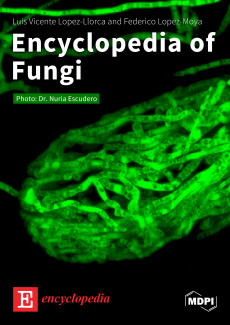Topic Review
- 515
- 26 Aug 2022
Topic Review
- 731
- 21 Apr 2022
Topic Review
- 202
- 23 Aug 2023
Topic Review
- 391
- 16 Oct 2023
Topic Review
- 85
- 10 Jan 2024
Topic Review
- 528
- 31 Oct 2022
Topic Review
- 451
- 09 Dec 2022
Topic Review
- 386
- 21 Sep 2022
Topic Review
- 154
- 26 Sep 2023
Topic Review
- 63
- 08 Feb 2024
Featured Entry Collections
Featured Books
- Encyclopedia of Social Sciences
- Chief Editor:
- Encyclopedia of COVID-19
- Chief Editor:
- Encyclopedia of Fungi
- Chief Editor:
 Encyclopedia
Encyclopedia




